Facebook Live, Instagram, Periscope
In Part 1 of Where are you live streaming?, I mentioned that YouTube or Facebook performance videos just don’t carry the weight that they used to. Better resolution and better tools make dark, grainy club videos look obsolete. This doesn’t mean you should give up on video of you can’t afford great camera gear or don’t know someone who can edit. It means you can strategically choose how you use video.
Staging vs spontaneity
The first solution we looked at in Part 1 is YouTube’s relatively new Live Streaming Events. In short, these events are great for videos that you’re going to stage somewhat. You don’t need a whole lot of lighting or setup but YouTube is going to pay off most when you make it into a little event. This could be as simple as getting the band to answer fan questions live from a couch. It could be a short acoustic set from your practice. But YouTube’s tools — scheduled events, live chat, embeddable links to other videos — will pay off most when you created a video event that takes advantage of them.
The other side of this coin is spontaneity. Grainy, dark video isn’t itself a bad thing when it conveys the immediacy of the moment. This is where you should take advantage of the spontaneity of Facebook Live, Instagram Live, and Periscope.
Foment FOMO
Honestly, if you want to record a video for posterity, Facebook, Instagram, and Periscope aren’t the right tools. Nor are they the best even for slightly staged events. What they’re great for is creating the feeling that something is happening NOW. Your strategy with them is to increase FOMO in your fans: look what you’re missing!
Picking between Facebook, Instagram, Periscope
Like with anything social media related, there is no magic formula. There is no one social medium that will work instantly and forever. Strategically, you’re going to want to pick the medium on which your fans are most engaged. That’s up to you too determine through trial and error.
Try out live video on each of those platforms to see which one gets you the most shares and responses. They are all all much quicker to jump into than YouTube Live Streaming.
(Periscope, if you didn’t know, is now fully integrated into Twitter. You do need a separate account. Just go live from the camera icon on a new tweet.)
Forget practicing — just leap
This is the great part about these low-stakes, lo-fi live video options: there isn’t much practicing you can do with them that will improve your use the next time. The quality and energy of the video are going to be unpredictable. You’re using them to capture a moment and a spirit of a live event. You’re not going to be able to make them into a polished, great-sounding video. So, forget practicing and just leap in.
At your next practice, live stream a song from a poorly propped-up phone. Hand a band member’s phone to a fan at a show for some quick video. Pass a phone around while a live event is running. Try out anything.
What you do want to do is try repeatedly. Try enough videos on all the platforms to figure out where your fans are engaged. Try enough different kinds of videos to see what they respond to. And then just have fun.
The point of live streaming is to lower the stakes of web video. Instead of demanding we musicians learn video editing tools and purchase camera equipment, live streaming democratizes video. It lets everyone create video of an approximate quality from the devices we all carry around every day.
Don’t worry about the quality of the video just make the events your own.
Todd A sticks to Instagram and Twitter but don’t let that influence your decision. Read more of his writing about making music in the SongCast Indie Artist Insider.

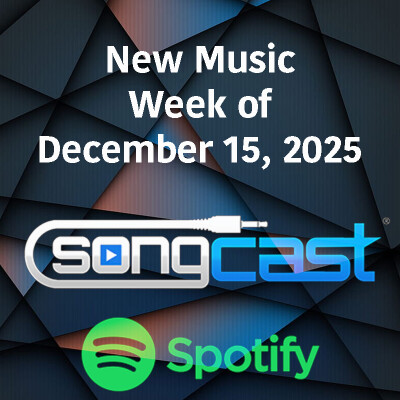
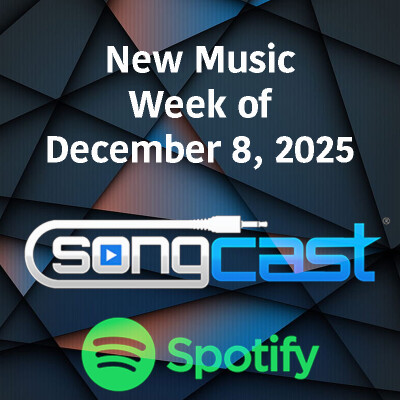
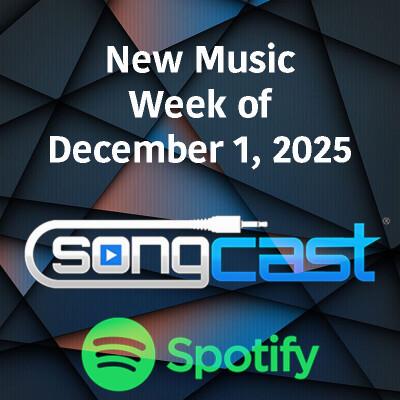
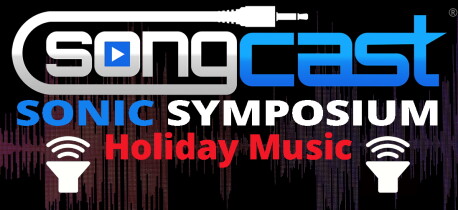
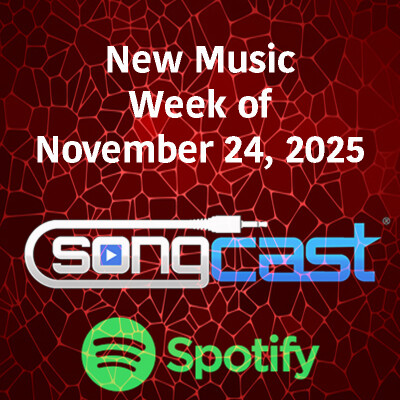
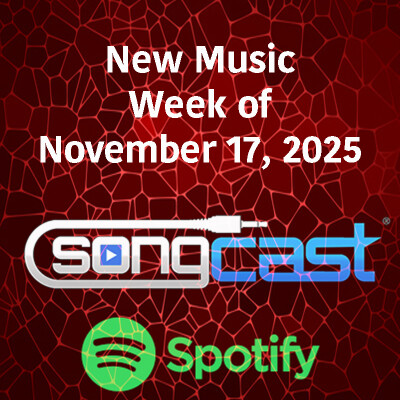
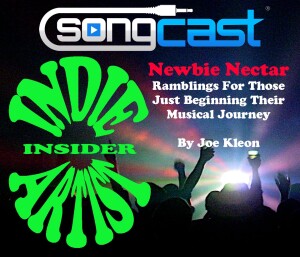

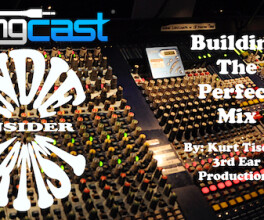
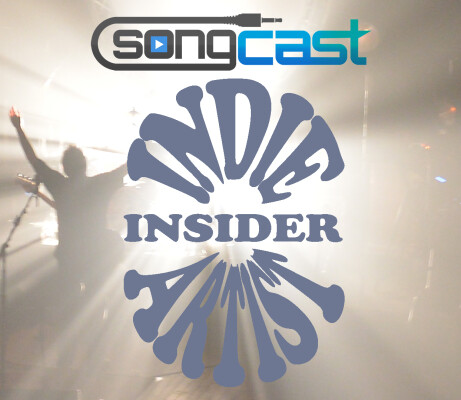
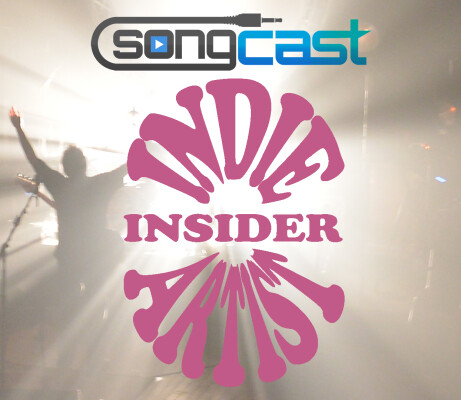
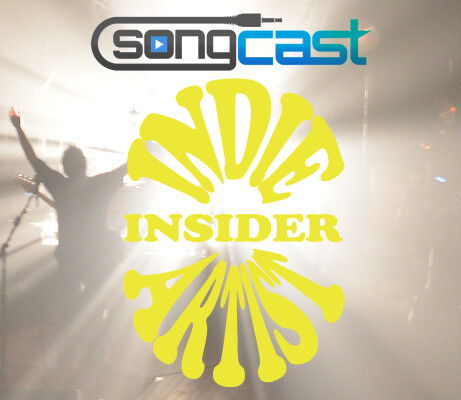


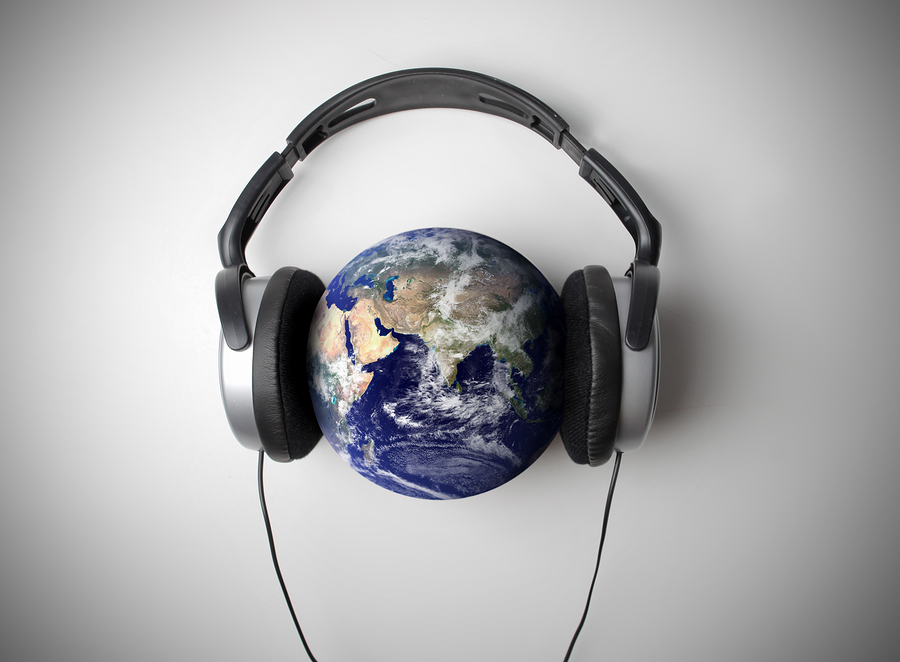
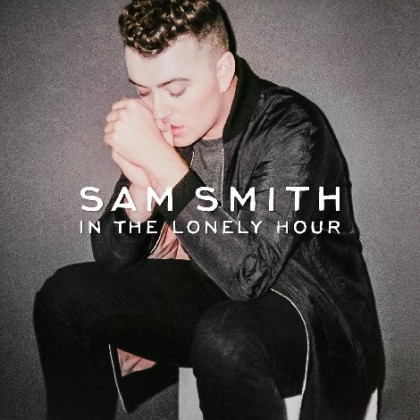
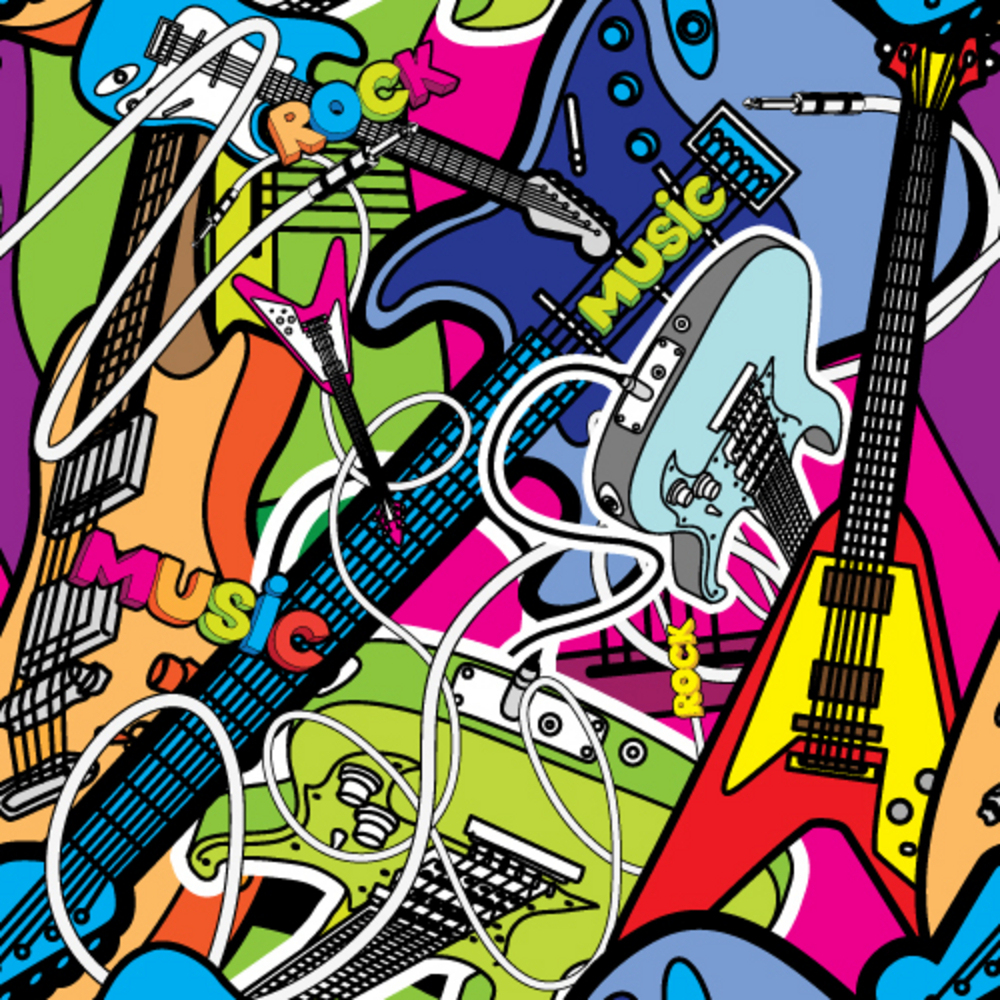

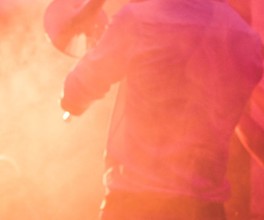
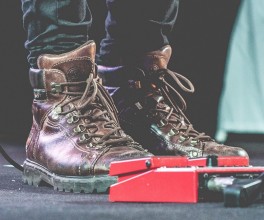
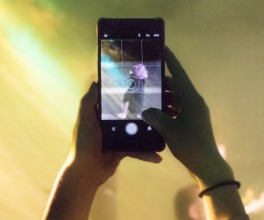
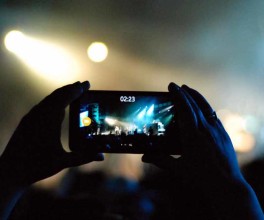
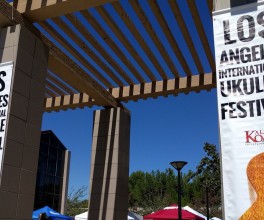
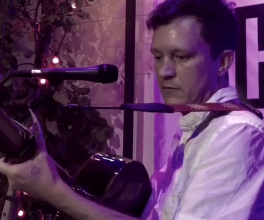
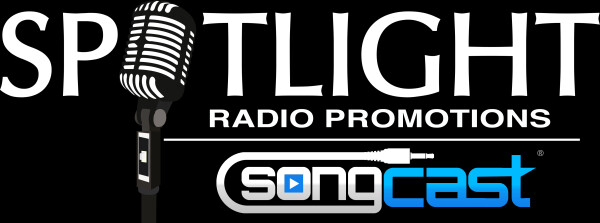
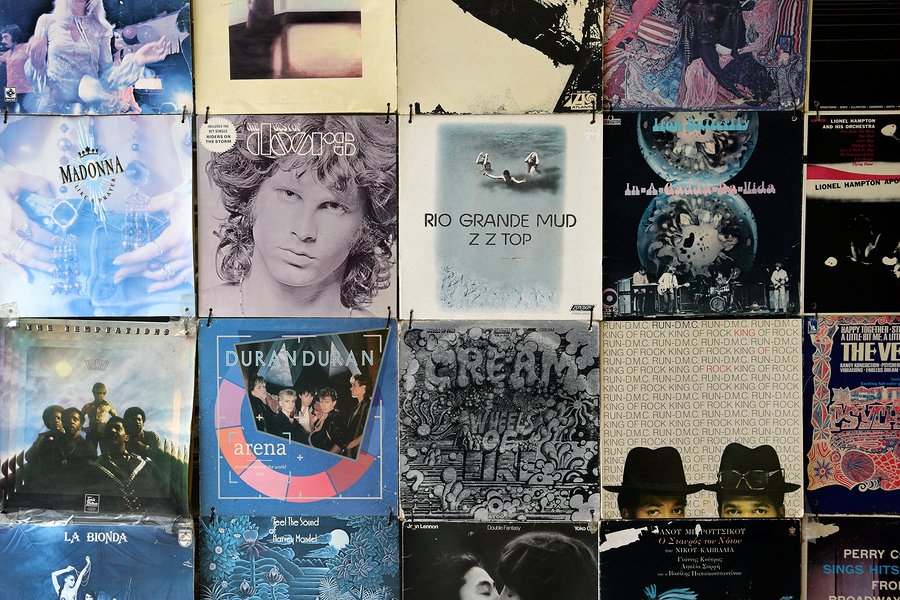




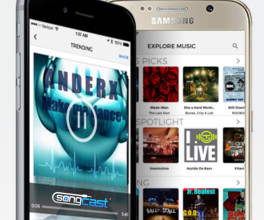
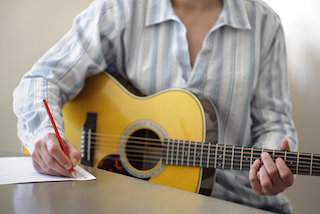
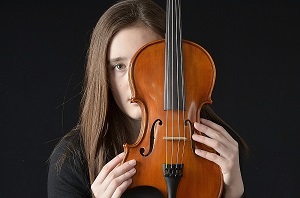
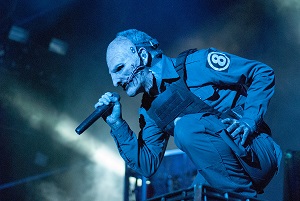
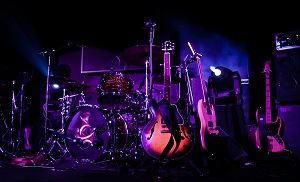


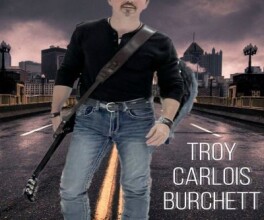
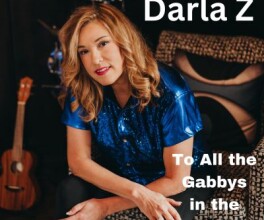
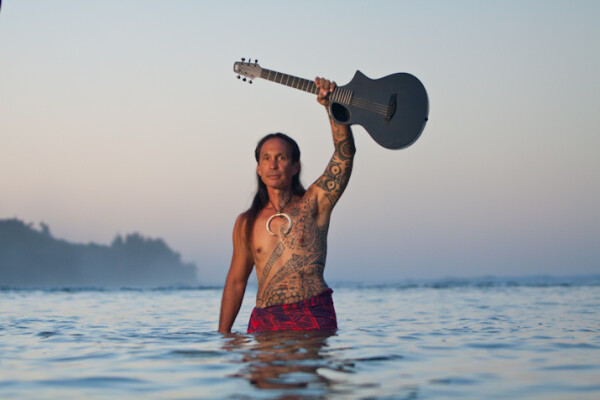


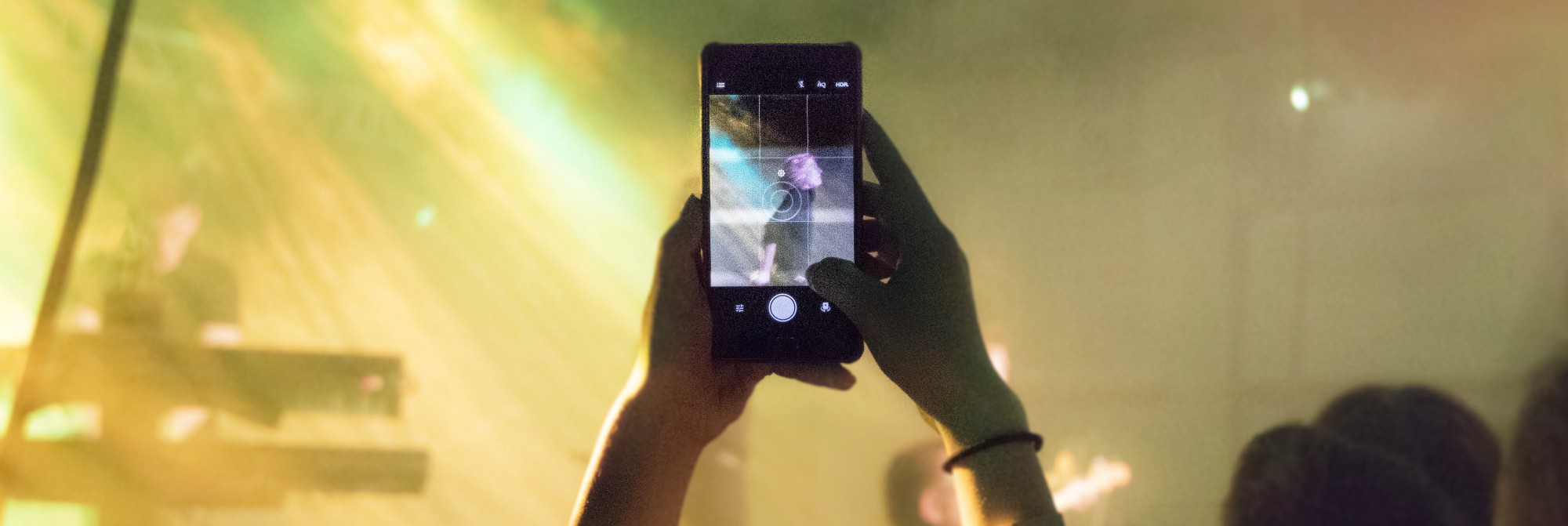
Pingback: Where are you live streaming? Part 2 – Black Lotus